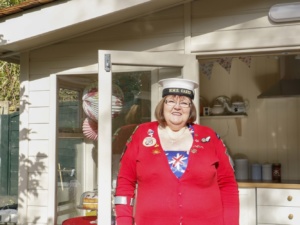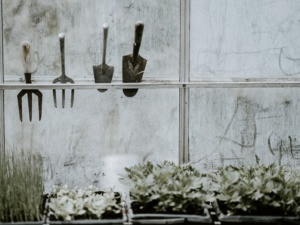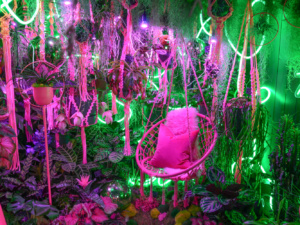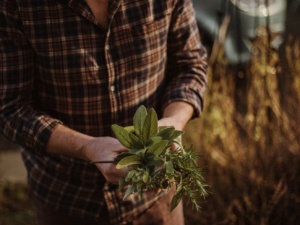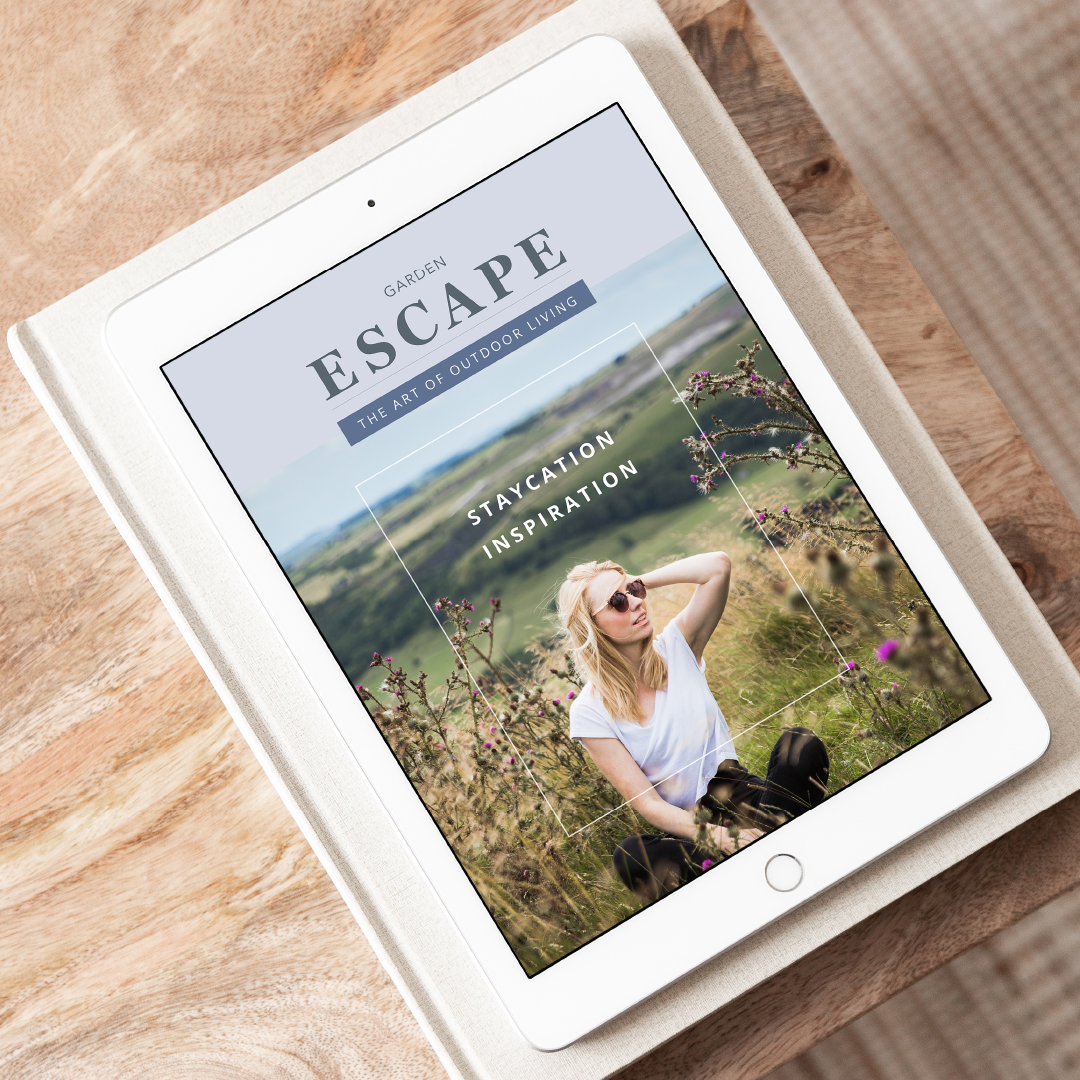Go Wild!
10 top tips to bring the birds & bees to your yard
We all need to give mother nature a helping hand and one positive step in the right direction is creating a haven for wildlife in our outdoor spaces. After all who doesn’t want to hear the chatter of birds while relaxing on a sun lounger? Plus, we’ve all heard the horror stories if we don’t take care of the bees.
Here’s how to make your garden a place where the wild things are.
Slack off
The great news is if you’re a lazy gardener you’ll be relieved to hear you’re half way there. Overgrown brambles and long grass and a few weeds here and there will have the wildlife flocking.
Create a log pile
Bugs like beetles and fungi love rotting, dead wood. Create your log pile in a shady area of your garden to maintain optimum damp conditions.
Open a bug hotel
You can buy pre-made but they’re easy enough to make yourself. Find instructions on the RSPB website.
Resist the urge to have a striped lawn
Keeping some of the grass long will allow caterpillars and worms to flourish. Embrace the wildness and dispense a wildflower seed bomb for the butterflies and bees to shelter. Find out how to make DIY seed bombs at the Gardenista website.
Feed the birds…
Providing a bird feeder and fresh water year-round will bring all sorts of native birds to your garden. There are so many great ones available but if you don’t want it to turn into a squirrel banquet you can get one with a protective cage.
Sweet, sweet nectar
The kinds of plants and flowers you introduce to your outdoor space will definitely influence the wildlife that stops by. Buddleia, verbena, old fashioned pink sedum and field scabious are magnets to butterflies. Don’t neglect plant to keep caterpillars fed like hops, lady’s smock, holly and ivy.
Plants like lavender will also benefit nesting birds who use the leaves to disinfect their nests.
Add a water feature
Obviously, safety is always a consideration if young children use the garden but a garden pond is great for cultivating wildlife in your garden.
Hedge your bets
The privet has all but disappeared from our front and back gardens as hard landscaping has become more fashionable and easier to maintain. If you’re able to introduce a hedge that birds can nest in.
Steer clear of chemicals
The delicate ecosystems of green spaces are so easily upset. Look into natural alternatives to treating your garden with chemicals that could destroy all your efforts.
Start a compost heap & collecting rainwater
Respect natural resources and reuse and recycle wherever possible…
There are great ideas all over the internet on how to make your garden more wildlife friendly, these are our recommended reading:
Fantastic Gardeners and Wildlife Trust








